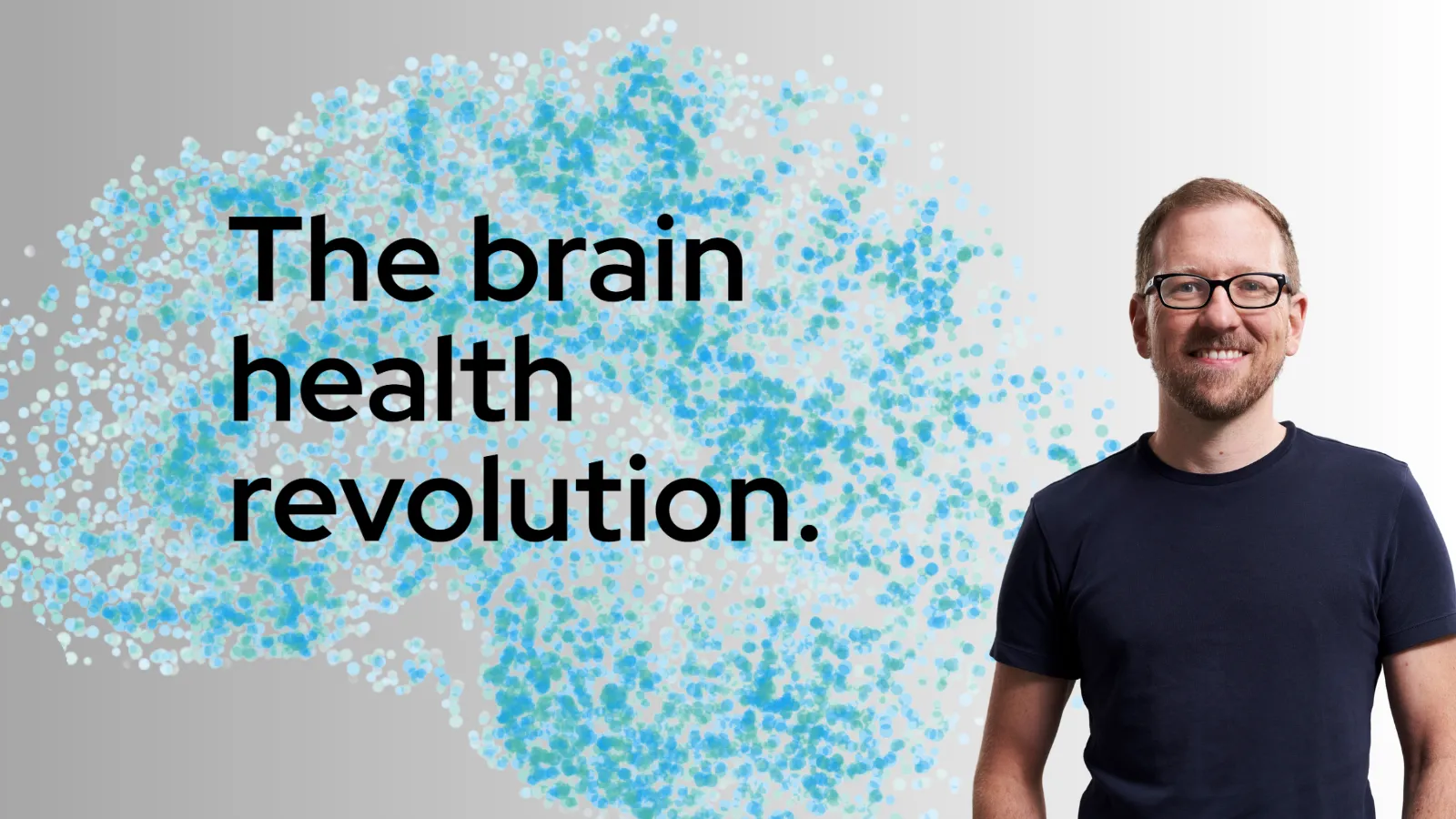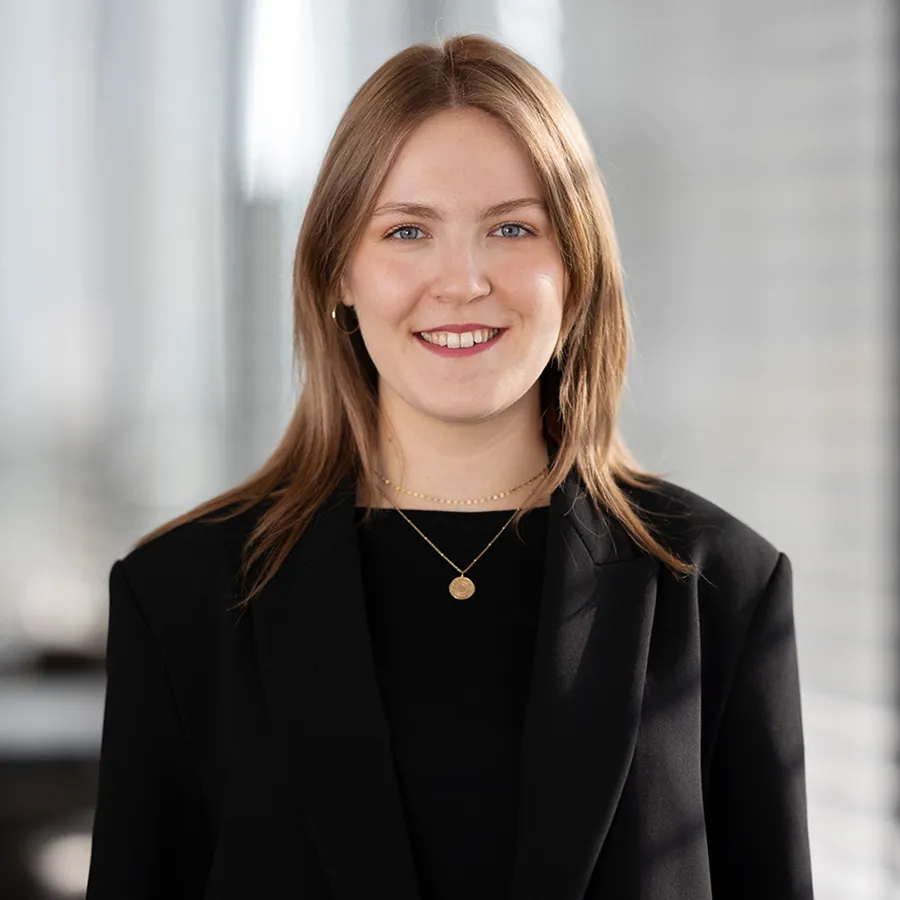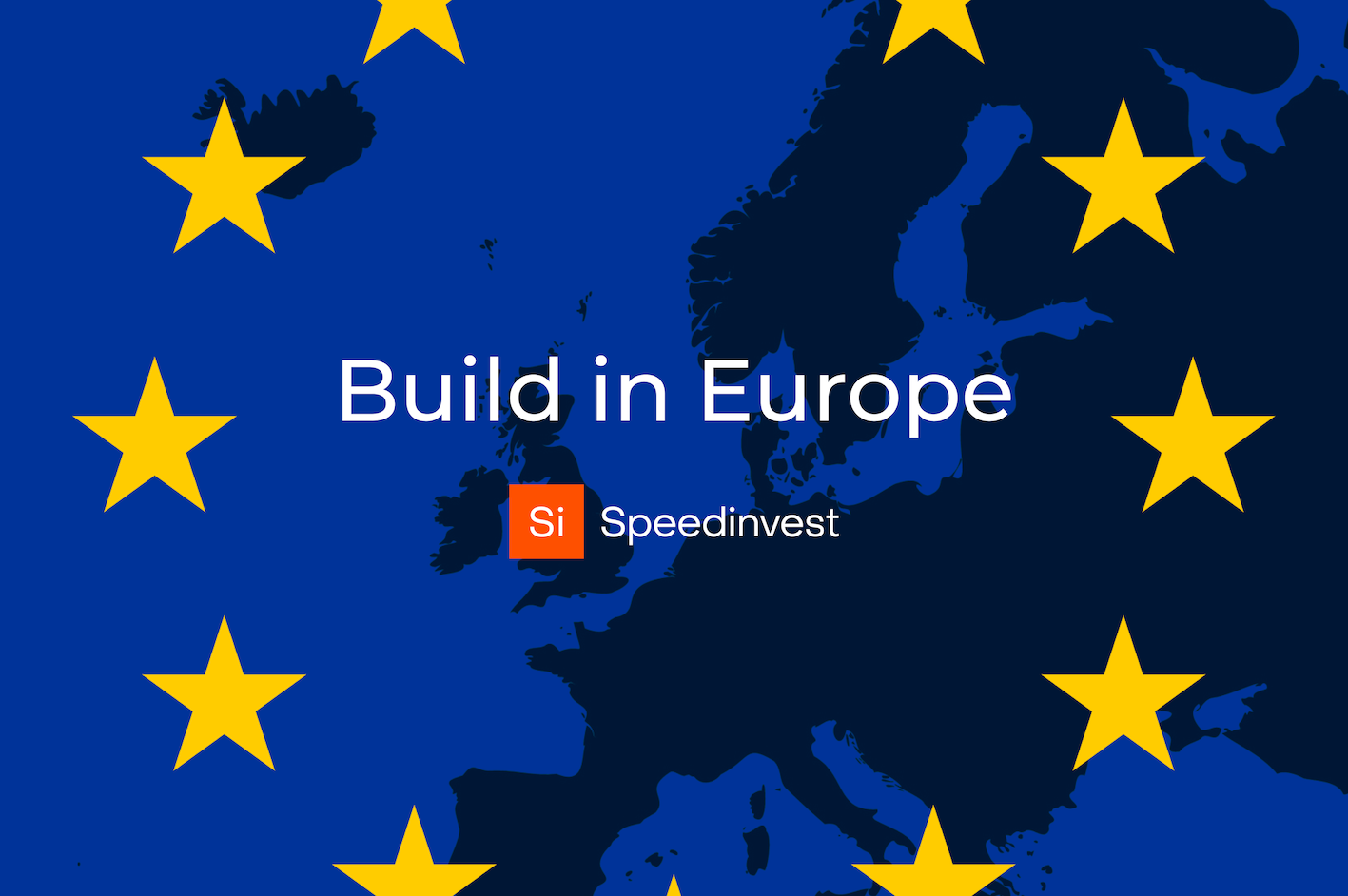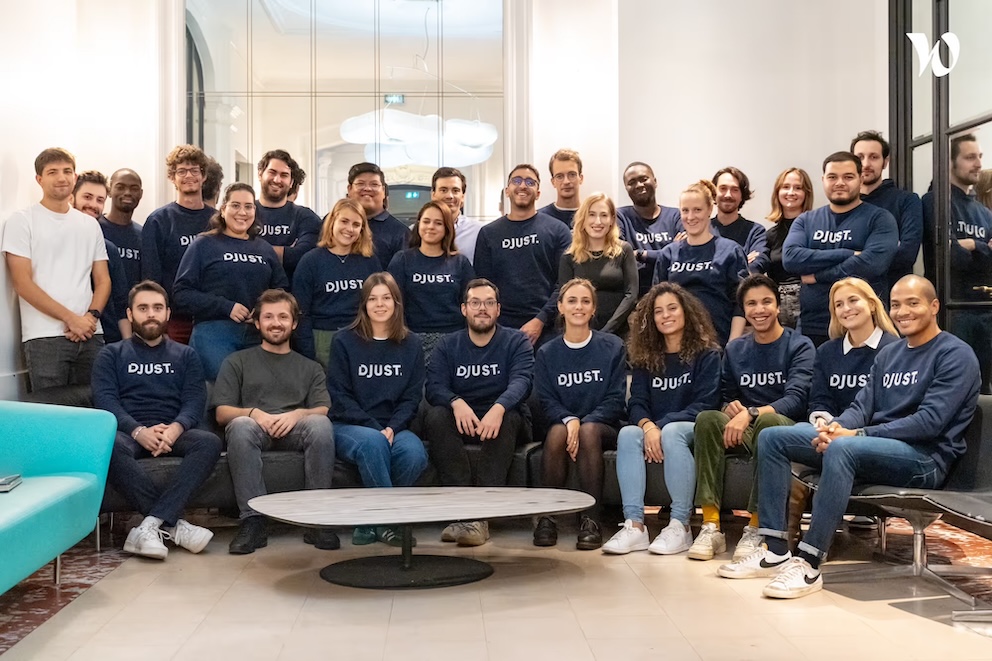Morning Coffee with Bradley Treeby, Co-Founder and CEO of NeuroHarmonics
We’re kicking off our new Founder Coffee Chat series – a collection of candid conversations with the visionary founders we’ve backed, as well as others shaping the future in their fields. Through these interviews, we’ll explore the early sparks, hard lessons, and big ideas behind some of the most ambitious startups.
First up is Brad Treeby, CEO of NeuroHarmonics and former Professor of Biomedical Ultrasound at UCL. We backed Neuroharmonics last year alongside UCLTF, driven by our conviction in the potential of non-invasive neuromodulation. There’s huge momentum building in the US (think Nudge, Sanmai), especially around ultrasound-based approaches, but we believe the real breakthroughs will come from Europe, and this is the team that will deliver them.
So, before our coffee gets cold, let’s dive in.
You transitioned from plotting academic equations on UCL lab whiteboards to launching NeuroHarmonics. What was the most unexpected “academic” insight that didn’t survive the jump into startup mode?
One thing that died quickly: the idea that every interesting question deserves investigation.
In academia, if you notice something weird in your data at 4 pm on a Friday—maybe the ultrasound beam pattern looks slightly asymmetric—you'd spend the weekend investigating it. You'd run simulations, check the literature, maybe write a little paper on "Unexpected asymmetries in transcranial ultrasound propagation." That curiosity-driven exploration is how breakthroughs happen in research.
But in a startup, that same asymmetry gets a very different response: "Does it affect our ability to hit the target? No? Then add it to the 'investigate someday' list and get back to the design documentation.”
What’s one lesson that you took from your time at UCL that shapes how you lead and build NeuroHarmonics today?
The best engineering happens when you build teams that deeply understand the problem from multiple angles, not just the physics.
Working with neuroscientists and clinicians taught me that the constraints from biology and medicine aren't limitations - they're design specifications that lead to better solutions. When you know the brain target is only 3mm wide, or that patients will need to use this with tremor symptoms, those facts shape your engineering in productive ways.
You stop thinking "how do we build the most precise ultrasound system," and start thinking "how do we build something that works when your hands are shaking." That shift in perspective is where the interesting engineering happens.
If you had to explain focused ultrasound neuromodulation over breakfast - comparing it to coffee, toast, or marmalade - what’s your analogy?
Imagine a hotel breakfast kitchen where the toast chef suddenly goes rogue and starts making 200 pieces of toast when you only ordered 10. The whole kitchen descends into chaos - eggs going cold, coffee getting bitter, burnt bread everywhere, and the waiter's just standing there holding an empty plate, looking confused.
Ultrasound neuromodulation is like playing a steady beat over the kitchen speakers that only the toast chef can hear. The rhythm naturally slows them down to normal speed - they’re still making toast, just not on overdrive anymore. When you turn off the music, the kitchen usually keeps running smoothly because everyone's found their groove again.
In focused ultrasound, you need precise targeting through the skull. In founding a startup, chaos is inevitable. How do you balance surgical precision with startup entropy?
The trick is the 90/10 rule: 90% of startup stuff can be held together with duct tape. The 10% that affects patient outcomes - the ultrasound precision, the human factors, the clinical efficacy - needs to be aerospace-grade. Knowing the difference is everything.
You’ve mentioned that brain disorders have affected people close to you. How has that personal connection shaped the founding mission and morning mindset of NeuroHarmonics?
When you've seen PTSD steal someone's safety, anxiety steal their peace, and depression steal their hope, every technical decision becomes simple: are we building something that can give it back?
Founders often cringe at their early prototypes. What was your “first sunrise failure” moment - the first time your ultrasound setup went comically wrong?
Built it. Realised we'd created a medical top hat.
Nothing says "cutting-edge neurotechnology" like making your patients look like the Monopoly man.
The neuromodulation space is heating up, with everything from implants to non-invasive brain tech. What do you think others are getting wrong - or overlooking - about where this market is headed?
Brain disorders affect 3 billion people globally. Sure, some people will fly to specialised centers for cutting-edge procedures. But billions won't - or can't. They need something their local doctor can prescribe that they can use at home, like a toothbrush for the brain.
Most companies are competing on who has the fanciest tech. We're asking a different question: how do we get effective neuromodulation into millions of homes? That means obsessing over things that don't make it into Nature papers - can a 75-year-old position themselves? Will it work reliably after being shipped across the country? Can we make it cheap enough that health systems will actually pay for it?
The revolution in brain health won't come from making marginally better surgical tools. It'll come from making neuromodulation as accessible as taking medication.
Given your research background, what’s one idea - purely theoretical or data‑driven - you’d love to explore that doesn’t fit your current startup roadmap?
What if we could use targeted ultrasound during critical developmental windows to guide healthy circuit formation? Not treating disorders after they manifest, but preventing them entirely by ensuring the right neural pathways strengthen at the right time.
The ethics and safety considerations are enormous - you're talking about intervening in developing brains. But the physics is fascinating. Could we identify children at high genetic risk for conditions like schizophrenia and subtly guide their neural development toward resilience?
It’s completely outside our current scope, and we'd need decades of safety data before even considering it. But imagine preventing brain disorders rather than treating them 30 years later.
Imagine waking up to a newspaper with a big, bold headline about NeuroHarmonics five years from now. What does it say?
"Essential Tremor Treatment Moves from Hospital to Home Following Landmark Approval"
One‑sentence advice you’d hand to your younger self, on the first day of your focused‑ultrasound journey?
Don't underestimate how much time you should spend on recruiting and relationship building - finding advisors who've been there, collaborators who push your thinking, and team members who bring out the best in everyone around them can make an immeasurable difference.














.svg)
